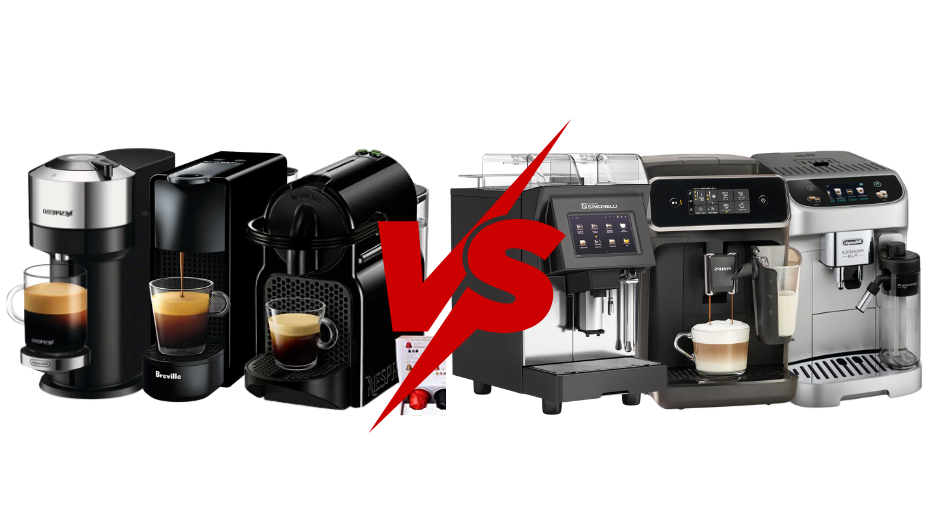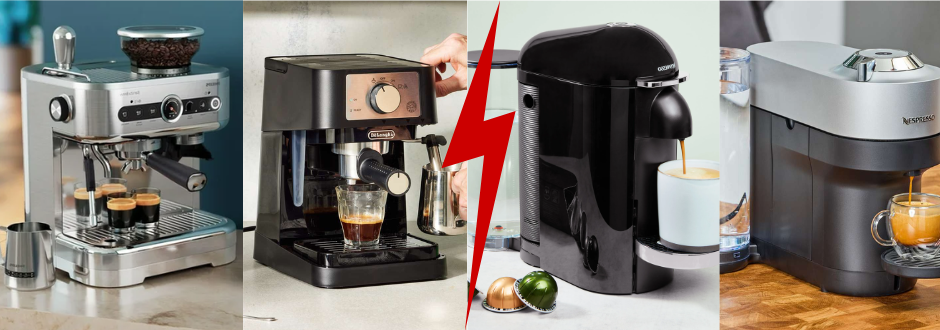Colombian espresso is anything but one-note. A shot pulled from beans in Huila might burst with citrus and caramel, while another from Nariño leans toward berries and floral elegance. What causes these differences? Microclimates. Colombia’s diverse terrain creates countless little ecosystems where coffee grows differently, even on neighboring farms.
In this article, we’ll explore how microclimates in Colombia affect the growth and chemistry of the beans and why they matter so much in the cup.
What Are Microclimates?
Definition and Importance
A microclimate is a localized area where the climate differs from the surrounding region. It can be influenced by:
• Altitude
• Sun exposure
• Wind patterns
• Soil composition
• Proximity to forests, rivers, or mountains

In Colombia, microclimates are everywhere, and that’s a big reason its coffee is so celebrated on the global stage.
Why They Matter for Coffee
Coffee is a sensitive crop. Even small shifts in temperature, rainfall, or humidity can affect:
• Sugar development
• Acidity levels
• Bean size and density
• Ripening time
Which means: different microclimates = different flavor profiles, even from the same varietal.
Colombia’s Diverse Landscape Creates Ideal Conditions
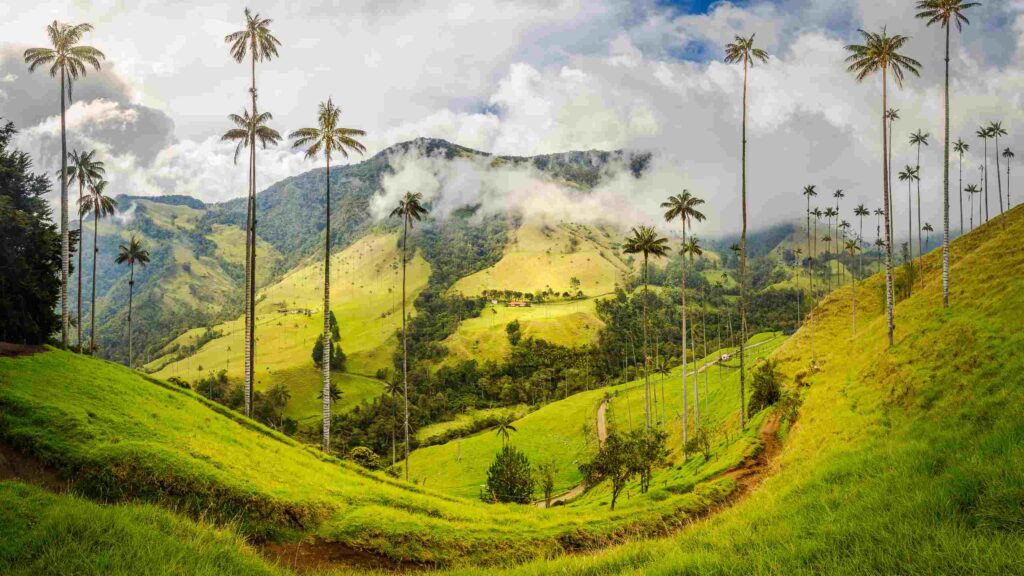
The Andes’ Influence
Colombia’s three Andean mountain ranges (Cordillera Occidental, Central, and Oriental) create dramatic shifts in elevation and weather, even within a single municipality. As a result:
• Coffee farms are built on slopes with varying exposure to sun and wind
• Shade levels and rainfall differ by the hour and the meter
• Beans mature at different rates, creating harvests with natural complexity
Intersecting Climate Zones
Colombia is located near the equator, but its elevation allows for:
• Tropical conditions with consistent sunlight
• Cooler nights that slow cherry ripening
• Year-round harvest windows in some regions
Perfect for developing beans that thrive in espresso: sweet, dense, and flavor-rich.
How Microclimates Impact Espresso Characteristics
Acidity and Sweetness
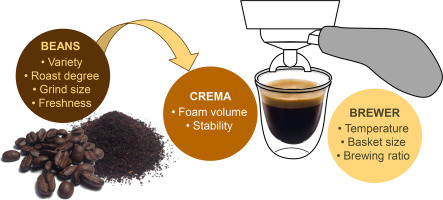
Credits to ScienceDirect.com
Beans grown in cooler, shaded, and high-humidity microclimates tend to:
• Ripen more slowly
• Develop higher sugars
• Retain acidity for vibrant, juicy espresso shots
These beans often produce espresso with notes of red apple, citrus, or tropical fruit—clean and complex.
Body and Mouthfeel
Microclimates with more sun exposure and faster ripening may result in:
• Lower acidity
• Fuller body
• Nutty, chocolatey tones with syrupy finishes
These make for milk-friendly espresso shots with low brightness and rich mouthfeel.
Aroma and Volatility
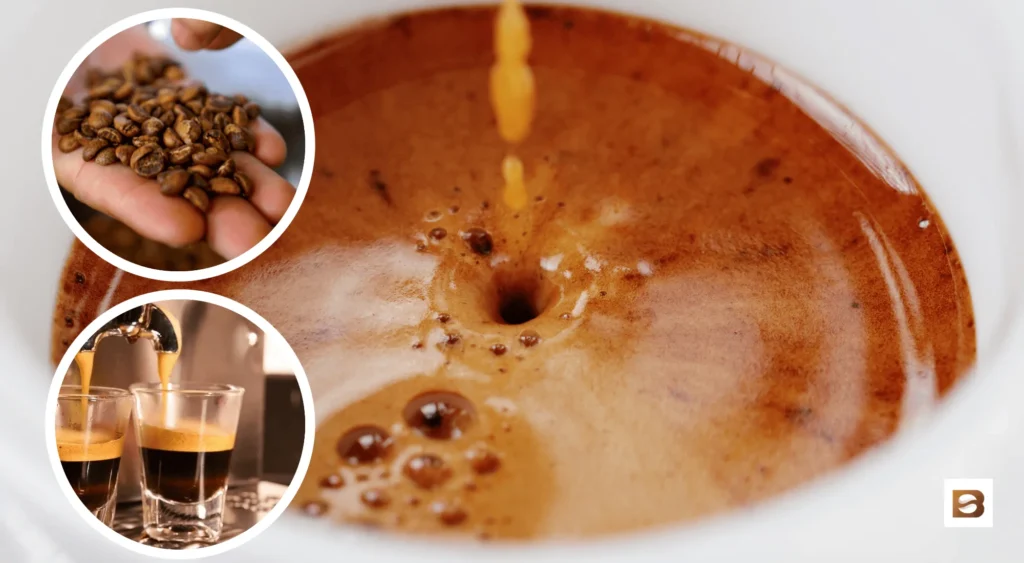
Humidity, temperature swings, and airflow all influence the bean’s aromatic compounds, giving rise to:
• Floral, tea-like aromas (especially from Nariño and southern Huila)
• Cocoa and brown spice aromatics from warmer, drier zones (like Antioquia)
Microclimate Examples by Region
Nariño – Cool, High, and Floral
• Elevation: 1,800–2,300m
• Climate: High cloud cover, cool nights, dry air
• Espresso traits: Juicy acidity, jasmine and citrus aromas, elegant body
Huila – Varied and Balanced
• Elevation: 1,400–2,000m
• Climate: Mix of sun and shade, more tropical air
• Espresso traits: Balanced acidity and sweetness, caramel, and red fruit
Antioquia – Warmer, Rounder
• Elevation: 1,200–1,800m
• Climate: Slightly warmer with less altitude variance
• Espresso traits: Chocolate, nutty, low acidity, creamy texture
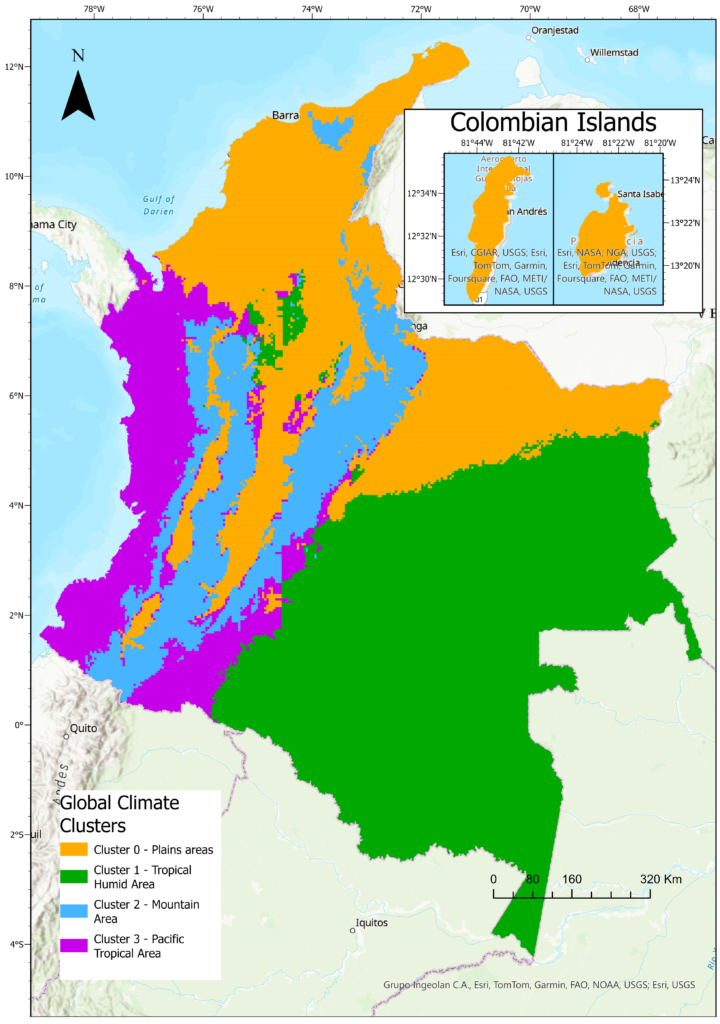
Why Microclimate-Driven Beans Work So Well for Espresso
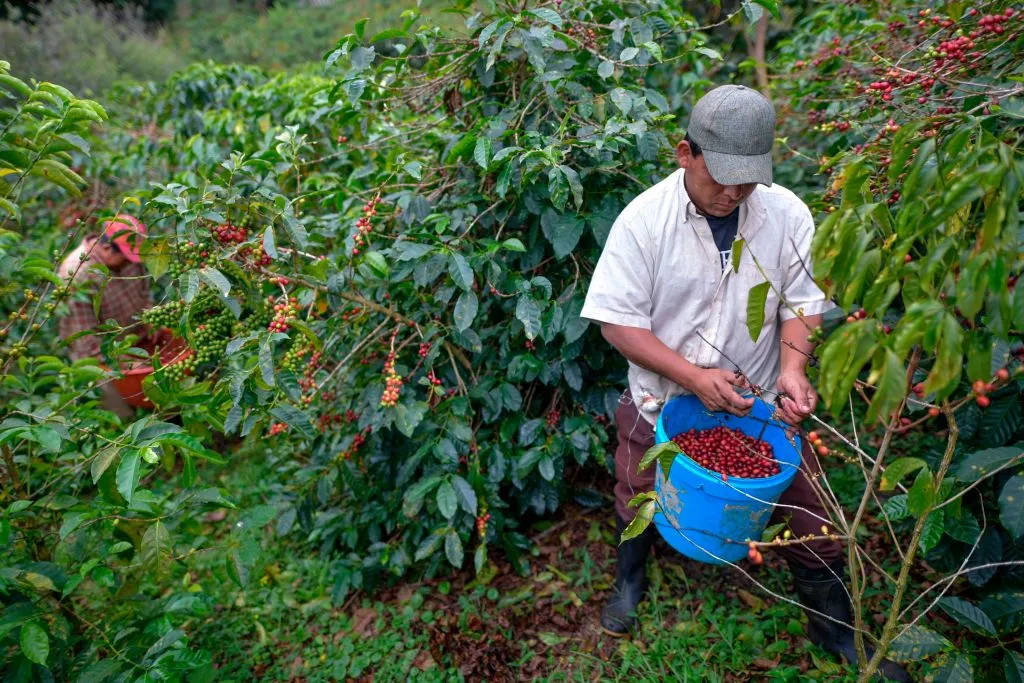
Precision Farming for Flavor
Farms in Colombia often isolate specific micro-lots based on their microclimates. That means:
• Selective harvesting for peak ripeness
• Tailored fermentation and drying techniques
• Roasts optimized for specific flavor expressions
This level of precision allows roasters to offer single-origin espresso that’s not just good—but wildly expressive.
Consistency + Complexity
While microclimates make coffee more complex, Colombia’s experience managing them also leads to:
• Predictable harvest patterns
• Traceable flavor consistency
• Reliable espresso performance year-round
That’s why baristas and specialty roasters love Colombian beans—they can dial in once and get repeatable, flavorful results.
Final Thoughts – The Magic in the Micro

In every great Colombian espresso shot, there’s a microclimate at work. Maybe it’s a misty hillside that ripened cherries slowly, or a sunlit slope that boosted body. These tiny pockets of climate variation are the secret weapon behind Colombia’s espresso excellence. When you sip a shot and it dances across your palate—that’s not just skill. That’s geography in a cup.
Written by Jose Luis Surjan
Microclimate chaser. Espresso interpreter. Founder of Espresso and Machines.
Disclosure: Our blog contains affiliate links to products. We may receive a commission for purchases made through these links. However, this does not impact our reviews and comparisons. We try our best to keep things fair and balanced, in order to help you make the best choice for you.



